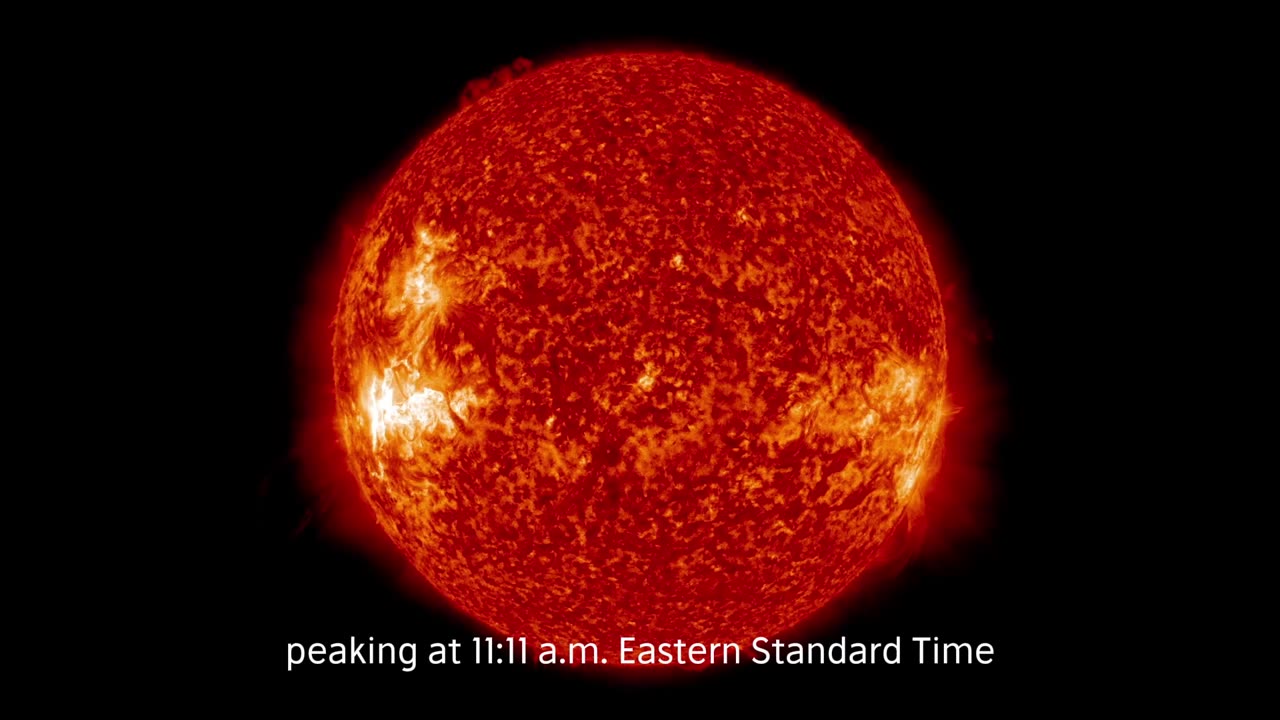Premium Only Content

Lunar Transit, Prominence Eruption, and M-Class Flare.
On Jan 30, 2014, beginning at 8:31 a.m EST, the moon moved between NASA’s Solar Dynamics Observatory, or SDO, and the sun, giving the observatory a view of a partial solar eclipse from space. Such a lunar transit happens two to three times each year. This one lasted two and one half hours, which is the longest ever recorded. When the next one will occur is as of yet unknown due to planned adjustments in SDO's orbit.
Note in the pictures how crisp the horizon is on the moon, a reflection of the fact that the moon has no atmosphere around it to distort the light from the sun.
The sun emitted a mid-level solar flare, peaking at 11:11 a.m. EST on Jan. 30, 2014. Images of the flare were captured by NASA's Solar Dynamics Observatory, or SDO, shortly after the observatory witnessed a lunar transit. The black disk of the moon can be seen in the lower right of the images.
-
 1:16:02
1:16:02
CocktailsConsoles
4 hours agoBE PART OF THE GAME!!| Death Road to Canada | Cocktails & Consoles Livestream
13.9K1 -
 LIVE
LIVE
Phyxicx
6 hours agoWe're streaming again! - 11/26/2024
246 watching -
 LIVE
LIVE
GamingWithHemp
5 hours agoHanging with Hemp #103
1,046 watching -
 21:24
21:24
DeVory Darkins
1 day ago $9.32 earnedElon Musk and Tucker Carlson SHATTER Left Wing Media
29.6K31 -
 15:13
15:13
Stephen Gardner
2 hours ago🔥Breaking: Trump JUST DID the UNEXPECTED | Tucker Carlson WARNS America!
25.5K56 -
 1:18:01
1:18:01
Glenn Greenwald
8 hours agoWill Trump's Second Term Promote Economic Populism? Matt Stoller On Cabinet Picks To Fight Corporate Power; Should Liberals Cut Off Pro-Trump Friends & Family? | SYSTEM UPDATE #372
166K127 -
 2:26:30
2:26:30
WeAreChange
8 hours agoTrump To Subdue Deranged Opposition! ARRESTS Planned
131K51 -
 1:19:04
1:19:04
JustPearlyThings
9 hours agoWhy MODERN WOMEN Keep REJECTING The Redpill! | Pearl Daily
101K53 -
 1:15:03
1:15:03
Man in America
10 hours agoBig Pharma EXPOSED: The HIDDEN Cures They Tried to Bury
27.8K12 -
 2:18:12
2:18:12
VikingsOutlawsAndCowboys
10 hours agoVOC SHOW LIVE - #9
10.8K